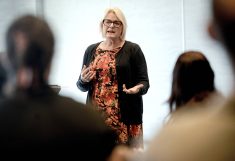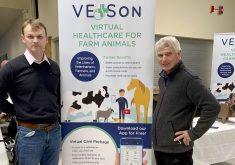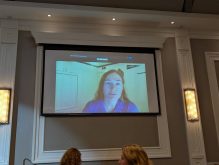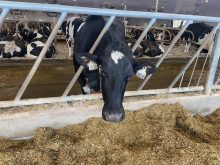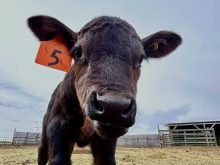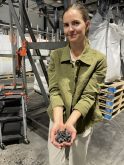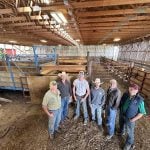Enhanced virtual care, diagnostic work and tele-medical support for Ontario livestock producers may soon be possible through the Livestock Veterinary Innovation Initiative.
Up to $4 million is available to veterinarians through the Canadian Agricultural Partnership in Ontario to help give farmers better veterinary service.
Why it matters: Ontario has a shortage of veterinarians and veterinary services, which has affected the level of care for livestock.
Read Also
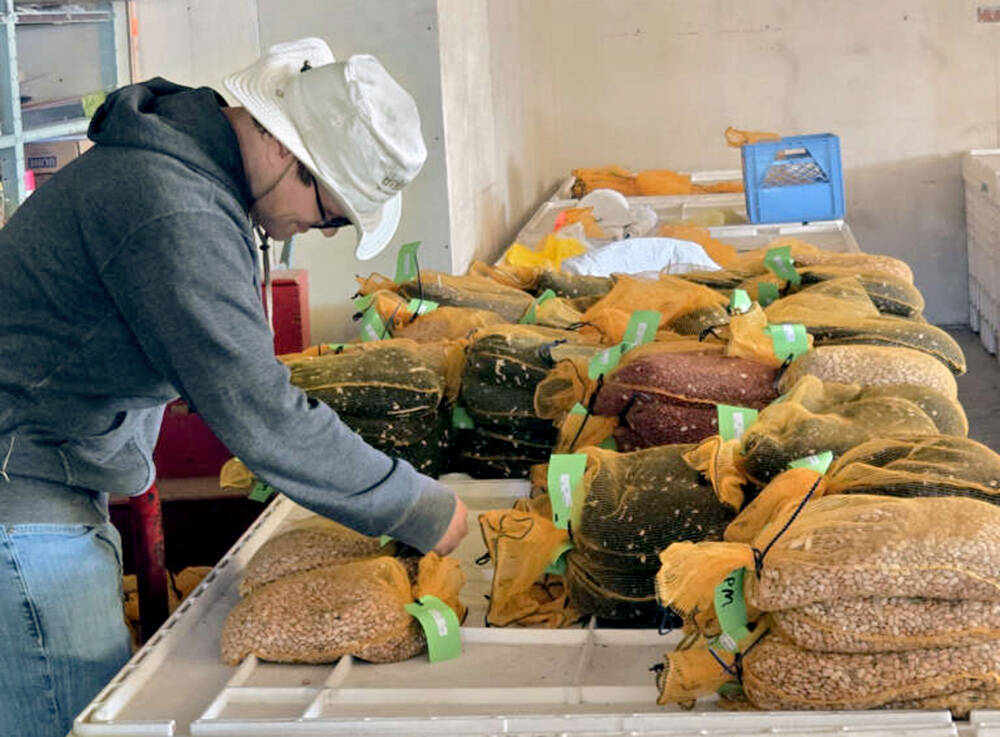
Bean research breeds community giving
University of Guelph dry bean researcher Dr. Mohsen Yoosefzadeh Najafabadi champions sustainability by donating surplus breeding program beans to support food security and community art initiatives.
Veterinary staff shortages were a challenge pre-COVID, because new graduates did not replace retirees at an equal rate. That affected the ability to deliver care. Those challenges have been heightened during the pandemic.
“There’s a lot of trends that were predating the pandemic, but the challenges that we face within the past few years have completely exacerbated those trends,” says John Stevens, chief executive officer of the Ontario Veterinary Medical Association.
“Staff absences due to illness or isolation caused by COVID-19 exposures [reduces] a company’s capacity to offer a full range of services, which can result in longer wait time for appointments or create temporary closures.”
The CAP money will be directed to programs and investments that support veterinarians in buying equipment to facilitate new methods, such as tele-medicine.
“When we are talking about the access-to-care-crunch, every little bit that can help make appointments go quicker, obviously not to [diminish] the level of service people are accustomed to, but if you are able to make an appointment more efficient then it will enable a veterinarian to see more clients in a day.”
For many years OMAFRA, the College of Veterinarians, Ontario Association of Veterinary Technicians and producer groups have discussed better ways to meet the needs of livestock producers.
OMAFRA said in a release that the Livestock Veterinary Innovation Initiative will increase the options for veterinary care, especially in rural and northern Ontario, to better support animal health, the livestock agri-food sector and the strength of the province’s food supply.
“For the past couple of years [due to] the pandemic, veterinarians have [had] more ability to prescribe in certain circumstances without having to see the animal. Telemedicine would be phone appointments or video calls – it wouldn’t necessarily require the veterinarian to go out on farm,” says Stevens.
As well, the funding could support use of Registered Veterinary Technicians with increased availability of technology, equipment and training.
“Examples such as [enhanced telehealth offerings] can provide opportunities for RVTs to more fully utilize their extensive training and experience, allowing veterinarians more time to focus their skills and expertise where it is required,” says Jay Millington, communications and advocacy manager with the Ontario Association of Veterinary Technicians.
“Registered Veterinary Technicians are a huge piece of the future of veterinarian medicine. Looking at a more holistic approach to a full utilization of the veterinary health team would absolutely be a way to help clinics be more effective and efficient,” says Millington.
Applications for the Livestock Veterinary Innovation Initiative will be accepted from Feb. 15 to March 31, 2022.
Examples of eligible projects include:
- Equipment to help a veterinary practice deliver enhanced virtual care, diagnostic work and tele-medical support for farms;
- Portable, specialized, livestock handling equipment to help veterinary practices or farms manage animals while receiving care;
- Training for veterinary professionals to help them use new equipment, techniques or deliver more efficient and accessible support to livestock farmers.
Eligible applicants can receive up to 35 per cent of costs for qualified expenses province-wide and up to 50 per cent in areas identified as underserviced with available veterinary capacity.
Approved projects must be completed by Sept. 30, 2022.




